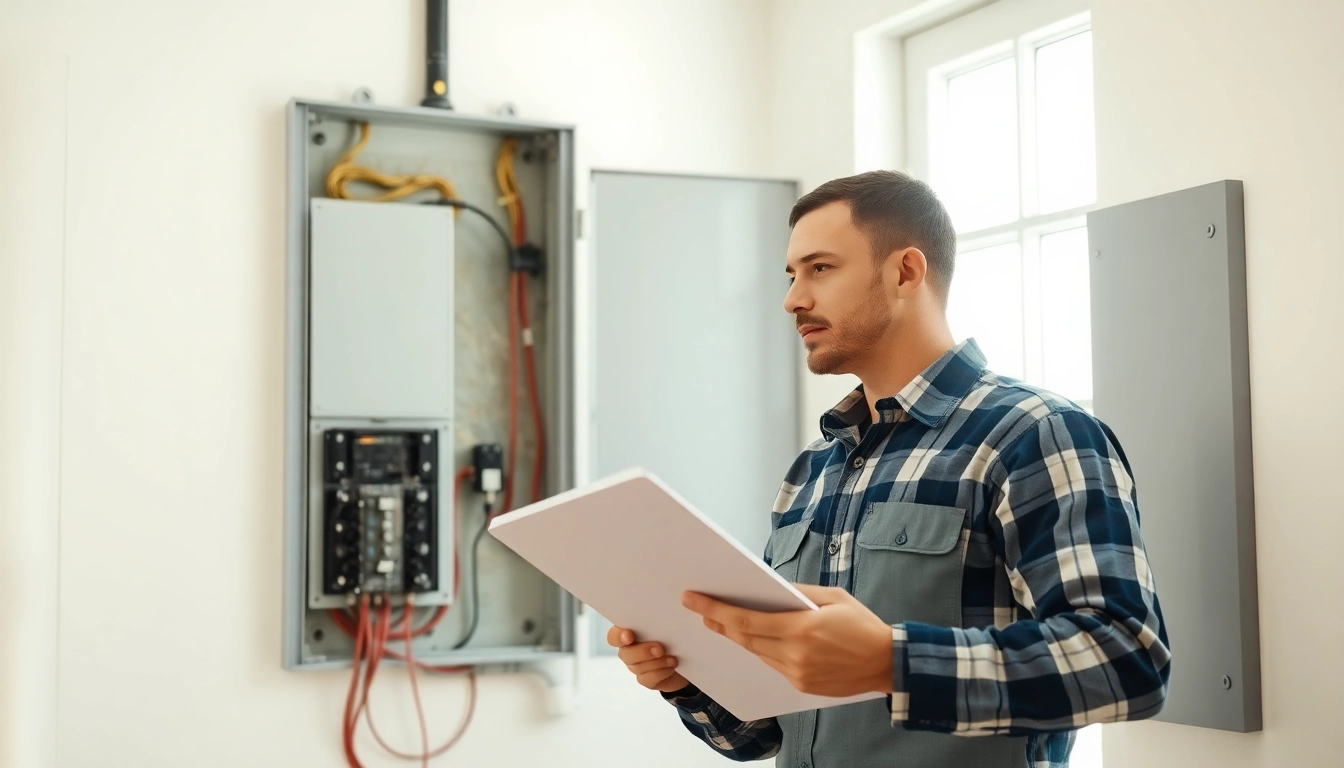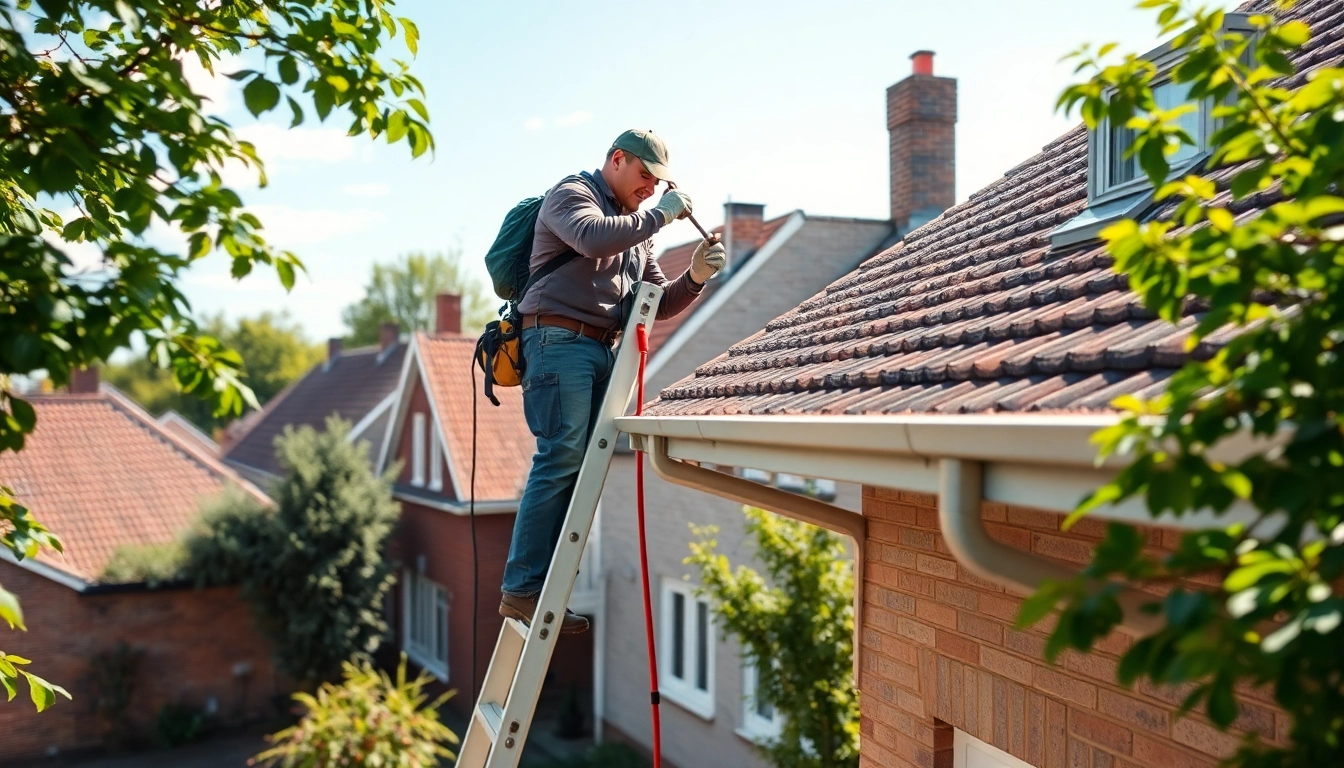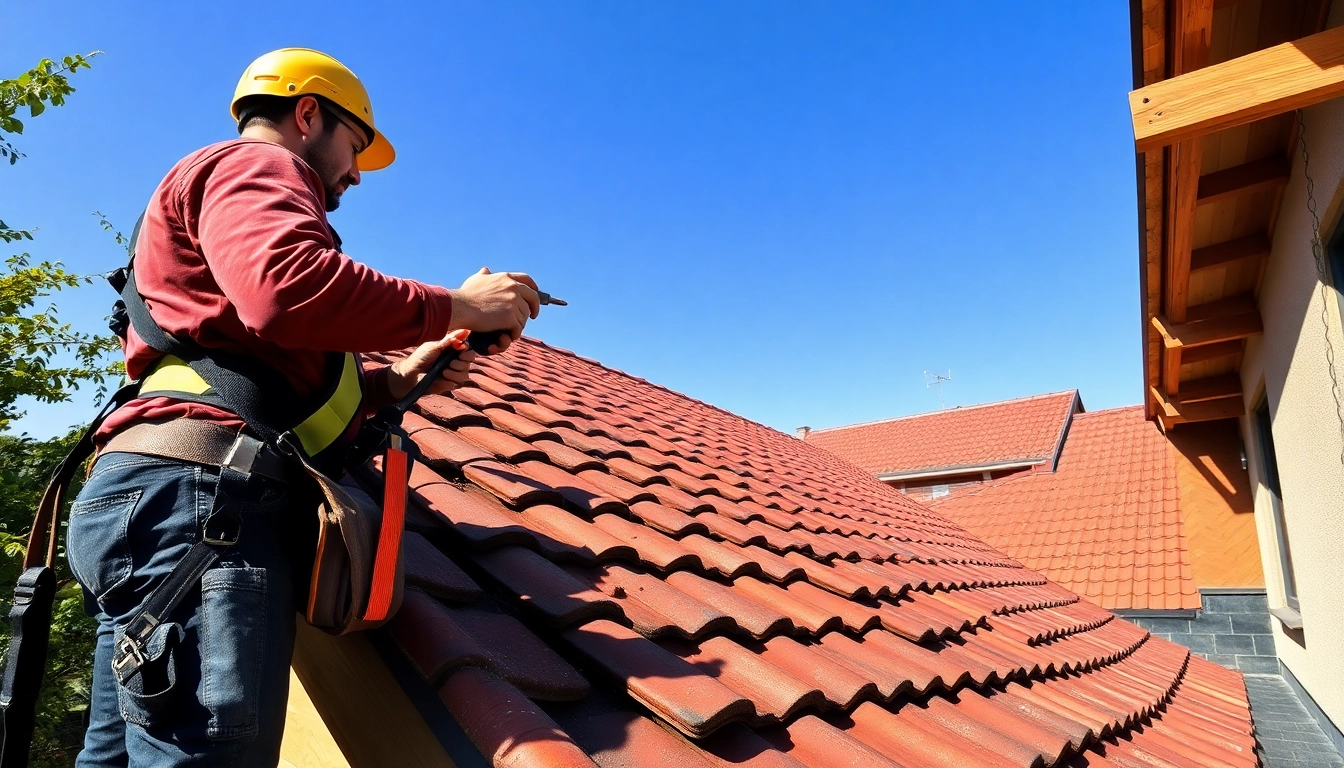
For homeowners, understanding when and why to upgrade an electrical panel is crucial. The Electrical Panel Upgrade can significantly enhance the safety, efficiency, and functionality of a home’s electrical system. In this comprehensive guide, we will explore various aspects of electrical panel upgrades, including the signs that indicate the need for an upgrade, the benefits involved, types of electrical panels available, cost implications, and maintenance tips post-upgrade.
Understanding the Need for an Electrical Panel Upgrade
Signs You May Need an Electrical Panel Upgrade
Recognizing the signs that indicate an electrical panel upgrade is necessary is the first step for homeowners. Here are some common indicators:
- Frequent Circuit Breaker Trips: If your circuit breakers frequently trip, it’s often a sign that the electrical panel is overburdened.
- Flickering Lights: Flickering or dimming lights, especially when using multiple appliances, could mean that your panel is struggling to supply enough power.
- Burnt Smell or Discoloration: A burnt smell or discoloration around the panel can indicate overheating and potential fire hazards.
- Old Age: If your electrical panel is over 20 years old, it’s likely outdated and may not meet current safety regulations.
- Updating Home Appliances: With modern homes increasingly relying on advanced electrical appliances, upgrading may be required to meet increased household demands.
Benefits of Upgrading Your Electrical Panel
Upgrading your electrical panel comes with numerous benefits that enhance both safety and convenience:
- Increased Electrical Capacity: A higher amperage panel allows for more power distribution, which is essential for homes with multiple electrical devices.
- Improved Safety: New panels comply with contemporary safety standards, minimizing risks associated with old or defective systems.
- Greater Home Value: An upgraded electrical panel can increase the resale value of your home, making it more appealing to potential buyers.
- Enhanced Efficiency: Newer panels often incorporate modern technology that improves overall energy usage and efficiency.
- Future-Proofing: With technology evolving quickly, an upgraded panel can accommodate future electrical needs, such as electric vehicle chargers or renewable energy systems.
Common Misconceptions About Electrical Panel Systems
Several misconceptions about electrical panels can lead to hesitation in upgrading:
- All Panels are the Same: Many believe any panel will suffice; however, the right panel depends on a home’s specific needs, including peak load and future upgrades.
- Upgrading is Always Expensive: While costs can vary, many rebates and financing options are available to offset the financial burden.
- Do-It-Yourself (DIY) is Safe: Electrical work is complex and can be hazardous; it’s crucial to hire a licensed professional for any upgrades.
Choosing the Right Electrical Panel for Your Home
Different Types of Electrical Panels Available
When considering an upgrade, homeowners can choose from several types of electrical panels, each designed for different levels of electrical use:
- Standard Panels: Typically 100, 150, or 200 amps, standard panels suit most residential homes.
- Subpanels: A subpanel can help distribute power more effectively to different areas of the home, such as an addition or garage.
- Smart Panels: Incorporating technology, smart panels allow homeowners to monitor energy usage and optimize consumption via mobile apps.
Factors Affecting Your Electrical Panel Selection
Several critical factors should guide your decision on the type of panel to install:
- Home Size: Larger homes typically require panels with higher amperage.
- Modern Appliances: Homes with electric stoves, dryers, or HVAC systems may need more capacity.
- Future Expansion: Consider potential future enhancements to electrical systems when selecting a panel.
- Local Codes and Regulations: Local building codes may dictate what panel types are permissible.
Consulting Professionals for Electrical Panel Recommendations
When it comes to selecting and installing a new electrical panel, a licensed electrician’s advice is invaluable. Professionals ensure not only compliance with electrical codes but also recommend panels tailored to a home’s specific needs. Getting multiple opinions can provide insights into different brands and technologies.
Estimating the Costs Associated with Your Electrical Panel Upgrade
Breakdown of Electrical Panel Upgrade Expenses
Understanding the costs involved in an electrical panel upgrade can aid in budgeting. Common cost components include:
- Panel Cost: Depending on the amperage and features, a new panel can cost between $100 and $500.
- Installation Labor: Most electricians charge between $50 to $120 per hour, and installation can take several hours to a full day depending on the complexity.
- Permitting Fees: Local permits may incur additional costs, ranging from $50 to several hundred dollars.
- Additional Materials: Wiring, breakers, and conduit may also add to the expense.
Factors Influencing the Cost of Your Upgrade
Several elements can impact the total cost of an electrical panel upgrade:
- Location: In urban areas, costs may be higher compared to rural locations due to demand.
- Panel Type: Specialty panels, such as smart panels, tend to have higher upfront costs but can offer long-term savings through efficiency.
- Existing Wiring Conditions: If existing wiring needs to be updated or replaced, it can significantly increase costs.
Potential Savings and Incentives for Upgrading
Many homeowners may be eligible for financial incentives related to electrical upgrades:
- Rebates: Utility companies often have rebate programs for homeowners upgrading to energy-efficient systems.
- Tax Credits: Some upgrades may qualify for federal or state tax credits, further reducing overall expenses.
- Long-Term Energy Savings: While initial costs can be high, an upgraded panel can lead to reduced utility bills through increased efficiency, especially if it supports energy-saving appliances.
Preparing for Your Electrical Panel Upgrade Project
Key Steps Before Starting the Upgrade
Preparation is essential for a successful electrical panel upgrade. Key steps include:
- Assess Your Electrical Needs: Evaluate current power use and future demands to determine the necessary panel size and type.
- Research Local Code Requirements: Understand local guidelines to ensure compliance throughout the project.
- Budget Planning: Calculate potential costs, considering material, labor, and any unexpected expenses.
Permitting and Planning Considerations
Before proceeding, obtain the necessary permits. This may involve submitting plans for review and gaining approval from local authorities. Ensuring that all paperwork is in order can prevent delays during installation.
How to Choose the Right Electrician for Your Project
Selecting the right professional for the job is critical to the success of your upgrade. Consider these tips:
- Check Credentials: Ensure the electrician is licensed, insured, and familiar with local building codes.
- Reputation and References: Read reviews and ask for references from previous clients.
- Detailed Estimates: Get clear, detailed estimates from several electricians to compare costs and services offered.
Post-Upgrade Tips for Maintaining Your Electrical System
Regular Maintenance Checks for Electrical Systems
Once your electrical panel upgrade is complete, maintaining optimal performance is crucial. Recommendations for ongoing maintenance include:
- Routine Inspections: Schedule periodic electrical inspections with a qualified electrician.
- Monitor Electrical Usage: Keep track of electrical consumption to identify any unusual spikes in usage.
- Clean Connections: Dust and dirt can affect performance; ensure that your panel stays clean and dry.
Common Issues After an Electrical Panel Upgrade
Be aware of potential issues that may arise following an upgrade:
- Incompatibilities: Sometimes, older wiring may not be compatible with a new panel, leading to further complications.
- Breaker Problems: New circuit breakers might trip more frequently if the panel is not correctly matched to household needs.
- Noise and Malfunctions: Unusual noises or malfunctions could indicate installation issues needing professional attention.
When to Call a Professional for Help
If you encounter issues, especially those that pose safety risks like burning smells or overheating, it’s crucial to contact a qualified electrician immediately. Regular checks and immediate reporting of problems can prevent larger hazards from developing.







